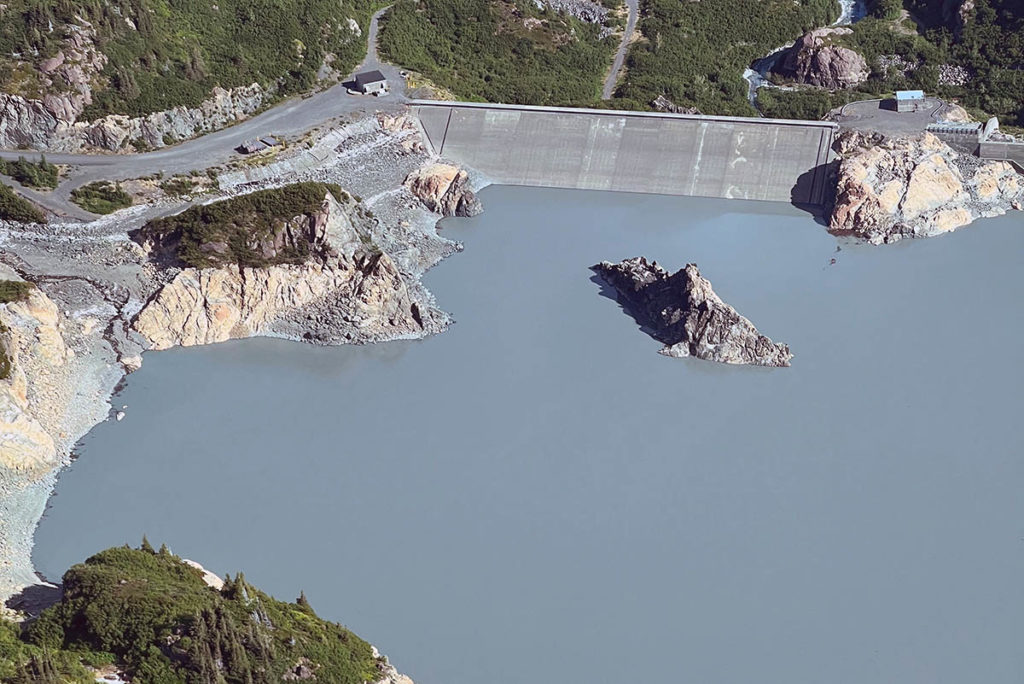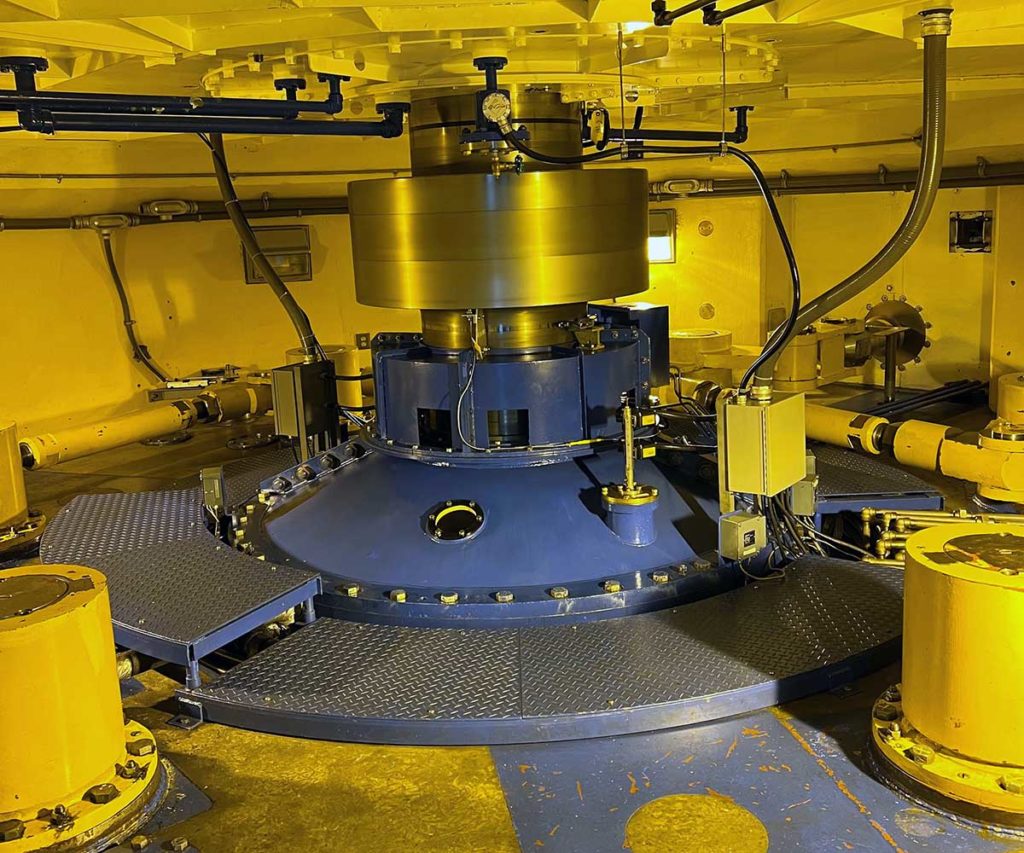
Four electric cooperatives and one municipal utility in Alaska are working with the state to improve portions of their transmission corridor with projects designed to enhance reliability and expand access to renewable energy. Investment in the transmission upgrades totals $200 million, but it won’t increase monthly charges for consumers.
The Alaska Railbelt provides electricity from Homer to Fairbanks. The new projects will increase capacity and provide connections to existing and future renewable energy developments.
“With this historic upgrade to transmission lines, the Railbelt utilities and the Alaska Energy Authority are ushering in a new energy future for Alaska,” said Gov. Mike Dunleavy, who announced the upgrades this spring.
“By improving the Railbelt’s transmission capacity, more of the power from the Bradley Lake Hydroelectric Project, the lowest-cost energy in the state, will power Alaskans’ homes and businesses.”
The Alaska Railbelt is a 700-mile-long transmission corridor, built beside a vital rail line through Anchorage, north to Fairbanks, and south to the Kenai Peninsula. It is Alaska’s only intrastate transmission system and allows the co-ops and the city of Seward’s electrical system to share generation resources.

Upgrades to three transmission line segments and equipment at four substations will double transmission capacity to 230 kilovolts. Battery energy storage systems will also be installed to stabilize and augment power quality, improve peak demand response, and help meet variable demand and balance variable output from renewable sources.
“These upgrades provide resiliency and increase capacity to energy from southcentral, including hydro and additional renewables,” said John Burns, CEO of Golden Valley Electric Association, headquartered in Fairbanks.
The upgrades will allow the utilities to draw more power from the Bradley Lake Hydroelectric Project, a 120-megawatt facility that provides about 10% of the power used by 550,000 Alaskans living in the region.
“These projects increase the value of Bradley Lake to all consumers in the Railbelt from both a cost and reliability perspective and support the advancement of renewable generation for decades to come,” said Arthur Miller, acting CEO of Chugach Electric Association, headquartered in Anchorage.
Since 1991, the participating utilities have made regular payments to service bonds financing development of the hydroelectric project. While those bonds were retired in 2021, the co-ops and the Seward Electric System are obligated to make payments through 2050. The excess funding is expected to cover the cost of the scheduled work.
“These upgrades will provide increased reliability without raising the rates of Homer Electric Association members,” said Brad Janorschke, the co-op’s general manager.
The projects are also expected to help develop various renewable energy resources, including tidal, geothermal, solar, wind and hydrogen.
“These upgrades are critical to maximize the benefit of our existing renewable energy investment and provide opportunities for further development as we seek to diversify our energy mix,” said Tony Izzo, CEO of Palmer-based Matanuska Electric Association.
Derrill Holly is a staff writer for NRECA.